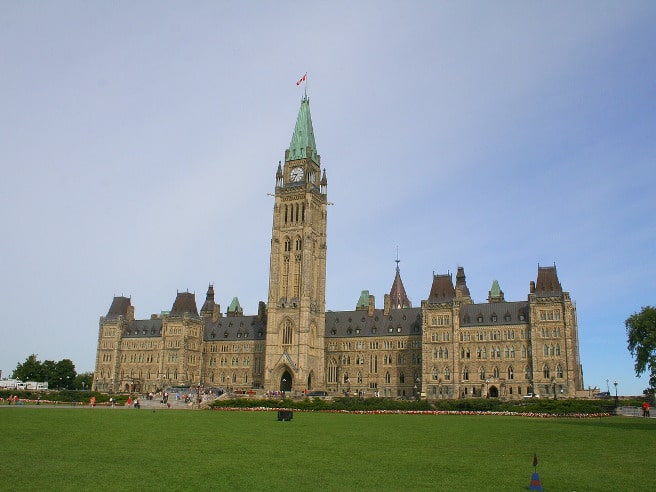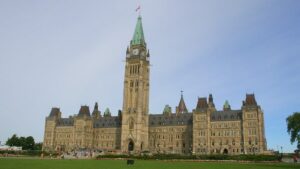The federal government has announced new measures to safely speed up the process of allowing temporary foreign workers (TFWs) into the country.
Over the last few weeks, the government has worked to develop a solution to accommodate the anticipated volume of TFWs arriving this spring. Part of this solution included a deferral for certain TFWs — including workers in agriculture and agri-food — from the requirement to stay in a Government Authorized Accommodation (GAA) upon arrival.
The government will be moving forward with what it calls a two-pronged approach to quarantine requirements for TFWs after March 21, 2021, based on their final destination.
Asymptomatic TFWs will be able to travel directly to their place of quarantine after getting a COVID-19 test at the airport provided they travel by private transportation and are accompanied only by others who travelled with them to Canada.
TFWs who will need to travel by public means to a secondary location upon arrival in Canada will be required to stay in a GAA and await the results of their COVID-19 test. Provided TFWs have a suitable quarantine plan and safe transportation arranged to their place of quarantine, the government intends to ensure employers and TFWs will not assume incremental costs associated with the three-day quarantine requirement at the point of entry. Workers will also be provided with supports on arrival and during their hotel stay.
Did You Know?
- Approximately 50,000 to 60,000 foreign agricultural workers come to work in Canada each year, which accounts for more than 60% of all foreign workers entering Canada under the TFW Program.
- The Seasonal Agricultural Worker Program (SAWP) is the stream most commonly used by agricultural producers. In 2019, a total of 46,707 positions were approved under the SAWP, of which 12,858 were from participating Caribbean countries. The rest were from Mexico.
- Most foreign workers who work on farms are located in Ontario (40%), Quebec (32%), British Columbia (18%) and Nova Scotia (2.6%)













